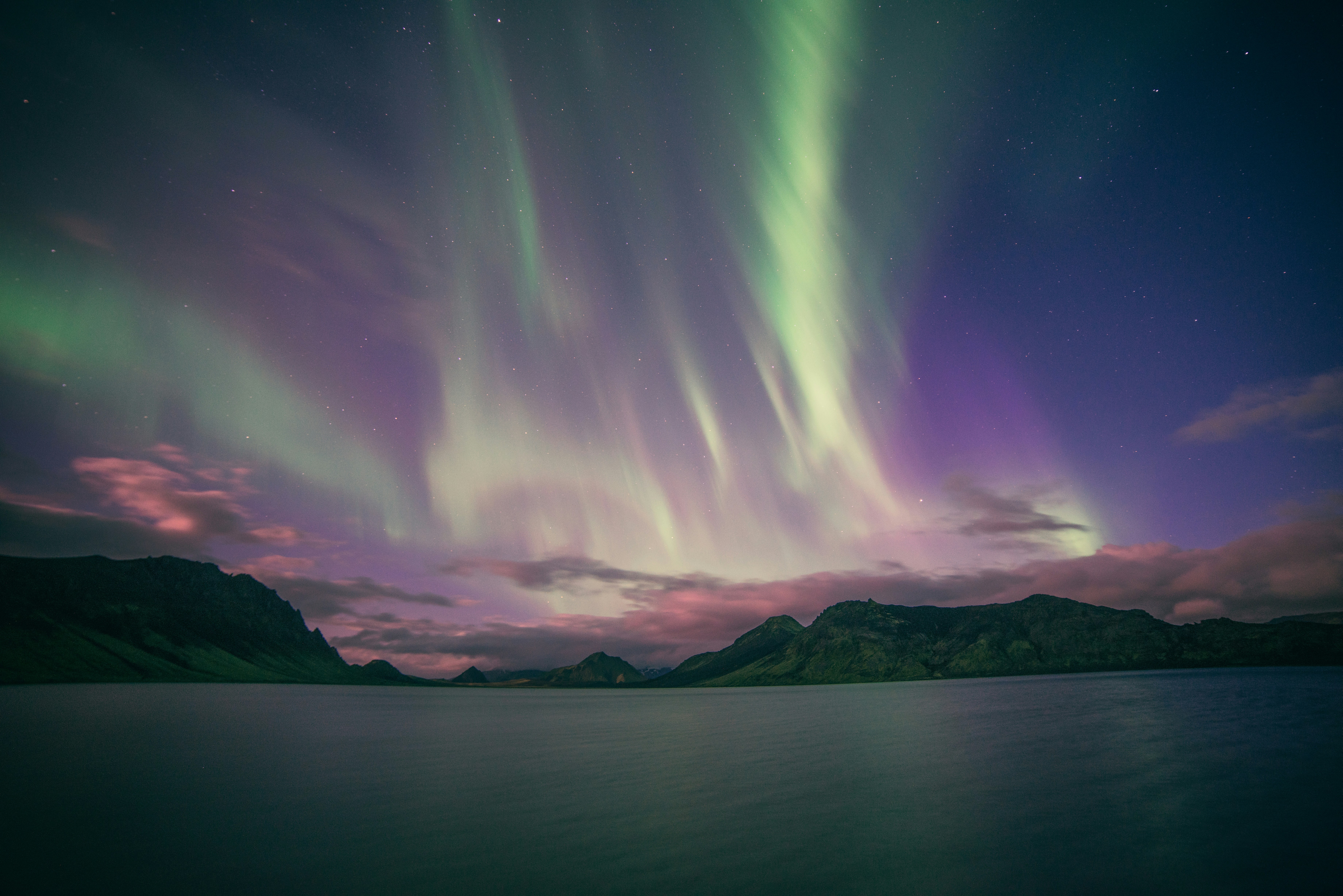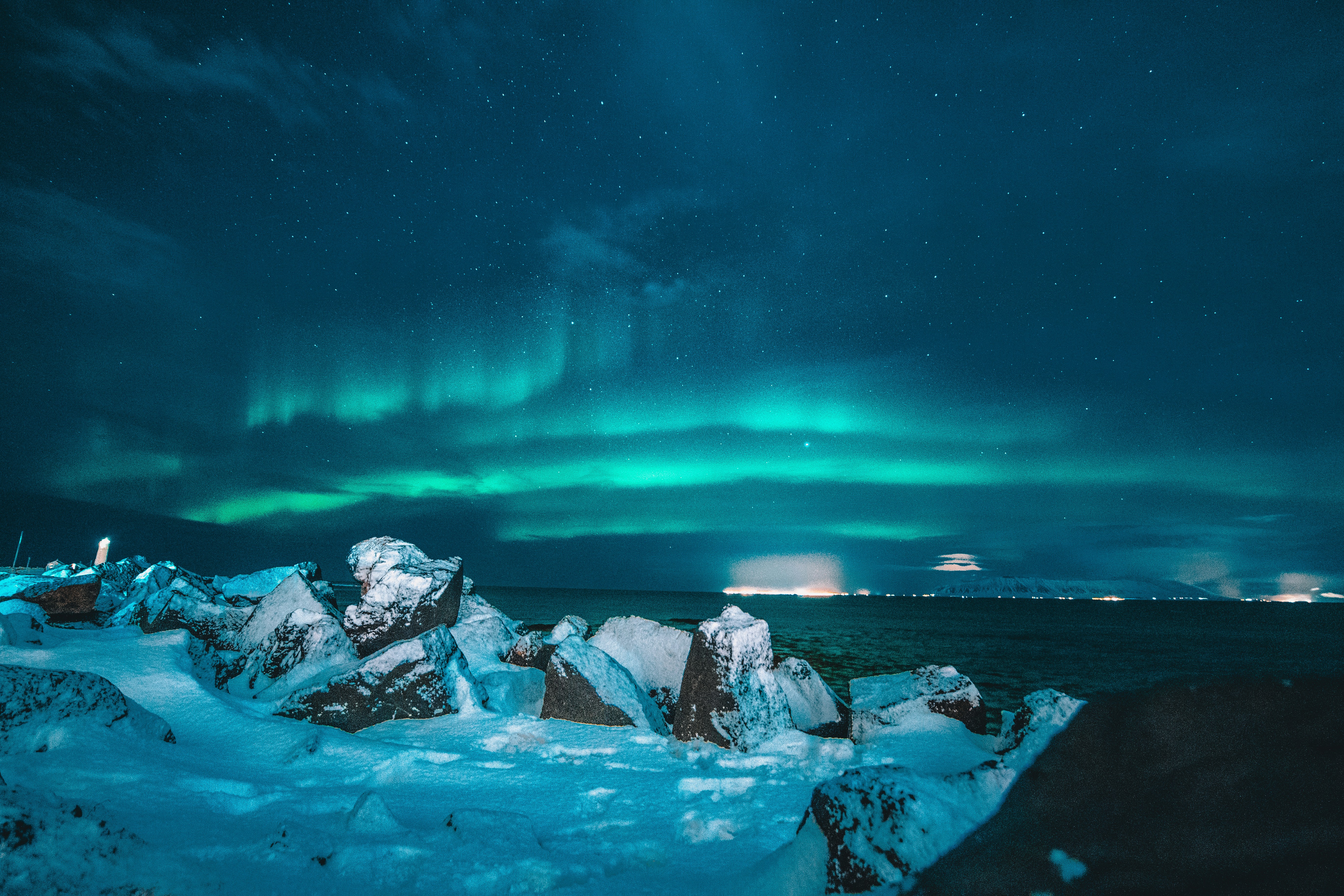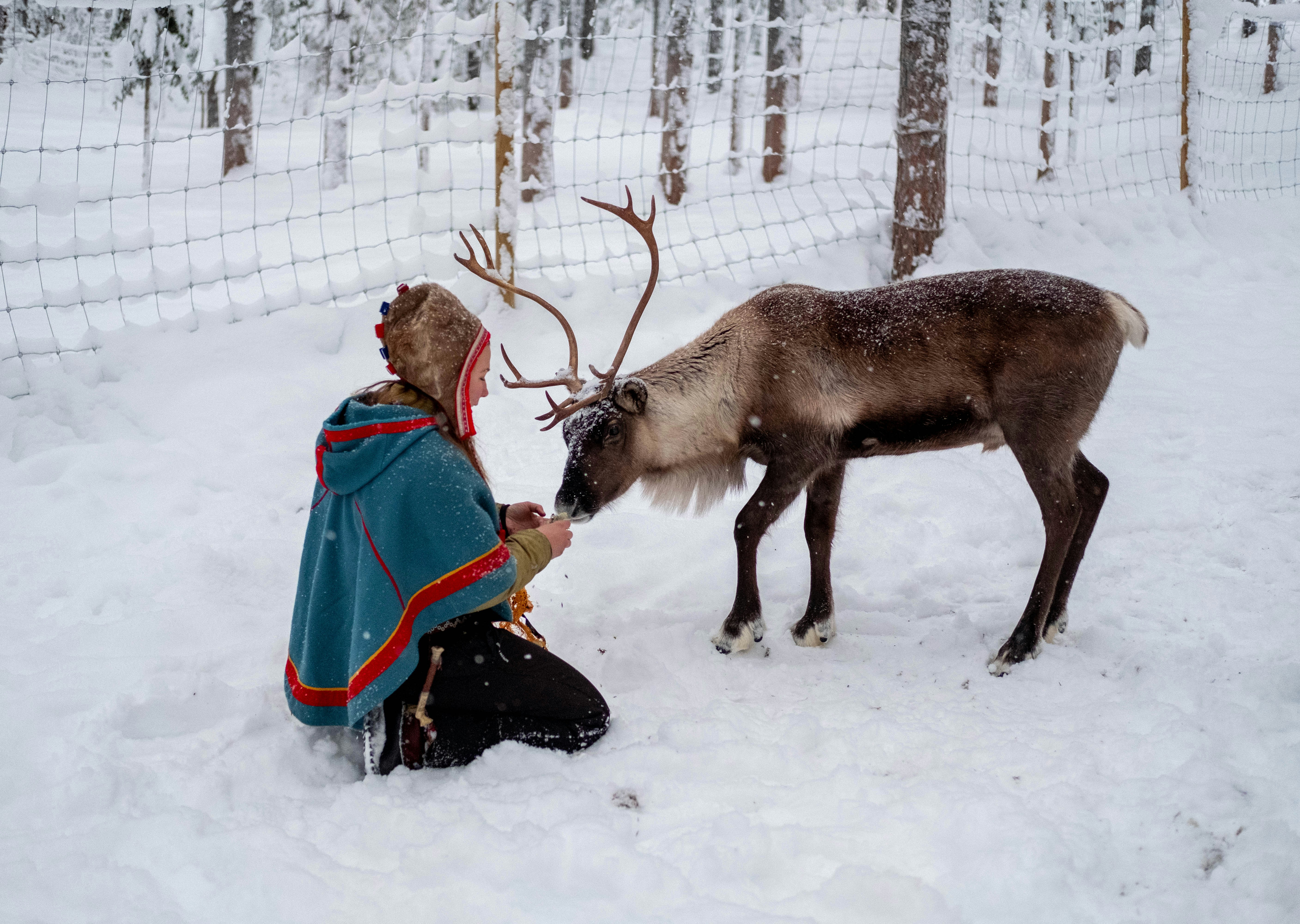Northern Lights Photography in Lyngen Alps: When and Where to Capture the Aurora
Master the art of northern lights photography in the pristine wilderness of Lyngen. Learn the best times, locations, and camera techniques for capturing the aurora borealis.
Northern Lights Photography in Lyngen Alps: When and Where to Capture the Aurora
The Lyngen Alps offer some of the world's most spectacular northern lights viewing and photography opportunities. With minimal light pollution, dramatic mountain backdrops, and optimal latitude positioning, this Arctic paradise provides the perfect conditions for capturing the dancing aurora borealis.
Understanding the Northern Lights
The aurora borealis occurs when charged particles from the sun collide with Earth's magnetic field and atmosphere, creating the mesmerizing curtains of light that have fascinated humans for millennia. The Lyngen Peninsula, positioned at 69°N, sits directly in the auroral oval—the prime zone for northern lights activity.
Best Time for Northern Lights in Lyngen
Aurora Season: September 15 - March 30 Peak Activity: October - February Optimal Viewing Hours: 6 PM - 2 AM Dark Sky Period: Mid-November to late January (polar night)
Photography Equipment Essentials
Camera Gear
- DSLR or Mirrorless Camera: Manual mode capability essential
- Wide-Angle Lens: 14-24mm for capturing expansive aurora displays
- Sturdy Tripod: Carbon fiber recommended for Arctic conditions
- Remote Shutter Release: Minimize camera shake during long exposures
Arctic Preparation
- Extra Batteries: Cold weather drains power rapidly (carry 4-6 spares)
- Lens Warmers: Prevent condensation when moving between temperatures
- Headlamp with Red Filter: Preserve night vision while adjusting settings
- Hand Warmers: Keep fingers nimble for camera operation
Camera Settings for Aurora Photography
Basic Settings
- ISO: Start at 1600-3200, adjust based on aurora intensity
- Aperture: f/2.8 or wider for maximum light gathering
- Shutter Speed: 8-15 seconds (longer exposures blur aurora movement)
- Focus: Manual focus set to infinity
- White Balance: Daylight or manual (3200-4000K)
Advanced Techniques
- Exposure Bracketing: Capture multiple exposures for HDR processing
- Focus Stacking: Combine sharp foreground with aurora backgrounds
- Time-lapse Photography: Document aurora movement over time
- Live Composite Mode: Olympus/OM System feature for dynamic aurora capture
Prime Photography Locations in Lyngen
1. Lyngseidet Bridge
- Why: Iconic foreground with fjord reflections
- Best For: Classic aurora compositions with mountain silhouettes
- Access: Easy roadside parking and setup
- Image: Perfect for wide-angle aurora arcs
2. Jægervatnet Lake
- Why: Mirror-like reflections double the aurora impact
- Best For: Reflection photography and foreground elements
- Access: Short hike from road (15 minutes)
- Season: Best when lake is frozen for safe access
3. Storfjord Coastal Areas
- Why: Dramatic coastline with minimal light pollution
- Best For: Seascape aurora photography
- Access: Multiple coastal access points
- Weather: Check wind conditions for coastal shooting
4. Lyngen Lodge Surroundings
- Why: Elevated position with 360-degree views
- Best For: All-night aurora watching and photography
- Comfort: Warm shelter nearby for equipment changes
- Foreground: Traditional Arctic architecture options
Composition Techniques
Foreground Elements
Strong foregrounds elevate aurora photographs from snapshots to art:
- Traditional Sami structures (gamme, lavvo)
- Snow-laden Arctic birch trees
- Ice formations along the fjord
- Rocky coastal outcrops
- Traditional fishing boats in harbors
Aurora Prediction and Planning
Essential Apps and Websites
- Aurora Forecast: KP-index monitoring (KP3+ recommended for Lyngen)
- Weather Apps: Clear skies essential for aurora photography
- Moon Phase: New moon provides darkest skies, full moon illuminates foregrounds
- Solar Activity: Monitor for geomagnetic storms increasing aurora intensity
Local Conditions
- Cloud Cover: Check local weather forecasts for clear sky windows
- Wind Patterns: Lyngen's microclimate can create local clearing
- Temperature: Clearest skies often occur on coldest nights (-10°C to -25°C)
The Science Behind Aurora Colors
Understanding aurora colors helps predict and plan shots:
- Green (557.7nm): Oxygen at 100-300km altitude (most common)
- Red (630.0nm): Oxygen at 300-400km altitude (rare, intense activity)
- Blue/Purple (427.8nm): Nitrogen at lower altitudes
- Pink: Combination of red oxygen and blue nitrogen
Post-Processing Aurora Images
Essential Adjustments
- RAW Processing: Always shoot RAW for maximum editing flexibility
- Noise Reduction: Use AI-powered tools like DxO or Topaz
- Color Enhancement: Carefully boost aurora colors without oversaturation
- Foreground/Background Balance: Blend exposures for optimal contrast
- Star Enhancement: Bring out stellar details without creating artifacts
Ethical Processing Guidelines
- Maintain natural aurora colors and movements
- Avoid excessive saturation that misrepresents the experience
- Disclose composite images when combining multiple exposures
- Respect the natural beauty without over-processing
Aurora Photography Workshops
Join our expert-led photography workshops:
- Small Groups: Maximum 6 participants for personalized instruction
- Professional Guides: Local knowledge of best viewing spots
- Equipment Support: Backup gear and technical assistance
- Weather Backup: Alternative indoor activities during cloudy nights
- Post-Processing: Learn editing techniques for aurora images
Safety Considerations
Arctic Photography Safety
- Weather Awareness: Conditions can change rapidly
- Emergency Communication: Satellite communicator for remote locations
- Layered Clothing: Dress for extended periods in sub-zero temperatures
- Buddy System: Never venture out alone for aurora photography
- Vehicle Preparation: Winter tires, emergency kit, full fuel tank
Cultural Respect and Aurora Legends
The northern lights hold deep significance in Sami culture:
- Revontulet: Finnish Sami term meaning "firefox fires"
- Guovssahas: Northern Sami word for northern lights
- Traditional Beliefs: Spirits of the departed dancing in the sky
- Modern Respect: Photograph responsibly near cultural sites
Planning Your Aurora Photography Trip
Best Photography Months
- October: Longer nights return, landscape still accessible
- November-January: Darkest skies, peak aurora season
- February-March: Good balance of darkness and warmer temperatures
Accommodation Recommendations
- Lyngen Seaside: Aurora-friendly location with dark sky access
- Local Guesthouses: Authentic Arctic experience
- Aurora Cabins: Specialized accommodation for photographers
The northern lights in Lyngen represent one of nature's most spectacular displays, and capturing them through photography creates lasting memories of this Arctic wonder. With the right preparation, equipment, and local knowledge, you'll return home with images that truly capture the magic of the aurora borealis dancing over the dramatic Lyngen Alps.
Chase the northern lights and capture their ethereal beauty during your stay at Lyngen Seaside, where pristine Arctic skies meet world-class aurora photography opportunities.


